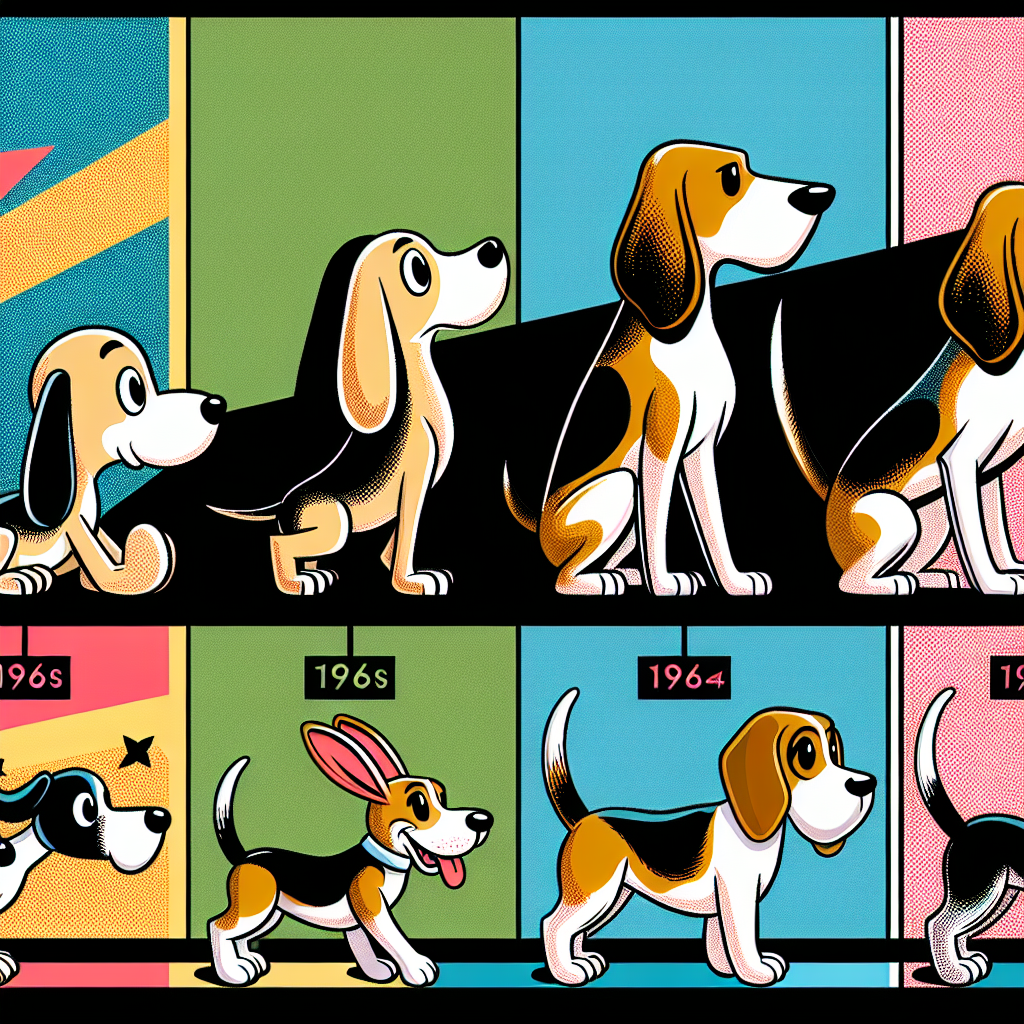Cartoon dogs have been a beloved part of pop culture for decades, captivating audiences of all ages with their charm, humor, and endearing personalities. From the lovable Scooby-Doo to the iconic Snoopy, these canine characters have left a lasting impact on our hearts and imaginations. Join us on a journey through the evolution of cartoon dogs, exploring how they have evolved over time and become an integral part of our cultural landscape.
The Early Days: Pluto and Goofy
While not the main characters of their respective shows, both Pluto and Goofy played significant roles in the early days of animated cartoons. Pluto, Mickey Mouse’s loyal pet dog, made his debut in 1930 and quickly became a fan favorite for his playful antics and unwavering loyalty. Goofy, on the other hand, was more of a human-like character who happened to look like a dog. Despite their differences, both Pluto and Goofy helped set the stage for the many cartoon dogs that would follow in their pawprints.
A New Era: Scooby-Doo and the Mystery Gang
One of the most iconic cartoon dogs of all time, Scooby-Doo first graced our screens in 1969 as part of the Mystery Inc. gang. Known for his signature catchphrase “Scooby-Dooby-Doo!”, this Great Dane quickly became a beloved character for his comedic antics and knack for solving mysteries. Alongside his human companions Shaggy, Fred, Daphne, and Velma, Scooby-Doo embarked on countless adventures, entertaining audiences across generations.
The Rise of Cartoon Dogs in Film: Bolt and The Secret Life of Pets
In more recent years, cartoon dogs have made a significant impact in the world of animated films. Characters like Bolt, the superpowered canine star of his own TV show, and the lovable pets from The Secret Life of Pets have captured the hearts of audiences around the world. These films showcase the range of emotions and personalities that cartoon dogs can embody, from fearless heroes to mischievous sidekicks.
The Timeless Appeal of Snoopy and the Peanuts Gang
No discussion of cartoon dogs would be complete without mentioning Snoopy, the beloved beagle from Charles Schultz’s Peanuts comic strip. First introduced in 1950, Snoopy quickly became one of the most popular and enduring characters in the world of comics. With his vivid imagination, charming personality, and iconic red doghouse, Snoopy has captured the hearts of fans of all ages for generations.
Where Are Cartoon Dogs Heading Next?
As we look to the future, it’s clear that cartoon dogs will continue to be a beloved part of our cultural landscape. With new animated series, films, and characters being introduced every year, there’s no shortage of exciting adventures and stories featuring our favorite canine companions. Whether they’re solving mysteries, saving the day, or simply bringing joy to our lives, cartoon dogs will always hold a special place in our hearts.
FAQ
What makes cartoon dogs so popular?
Cartoon dogs are popular for various reasons, including their relatable and endearing personalities, their ability to evoke emotions and connect with audiences of all ages, and their versatility in storytelling, allowing them to be heroes, sidekicks, or comedic relief.
Who is the most iconic cartoon dog of all time?
While there are many beloved cartoon dogs, Snoopy from the Peanuts comic strip is often considered the most iconic. With his imaginative adventures, charming personality, and timeless appeal, Snoopy has captured the hearts of fans around the world for generations.
How have cartoon dogs evolved over time?
Cartoon dogs have evolved over time in terms of their character development, animation style, and storytelling. From the early days of simple, slapstick humor to more complex narratives and emotional depth, cartoon dogs have become more nuanced and multifaceted characters that resonate with audiences on a deeper level.








+ There are no comments
Add yours